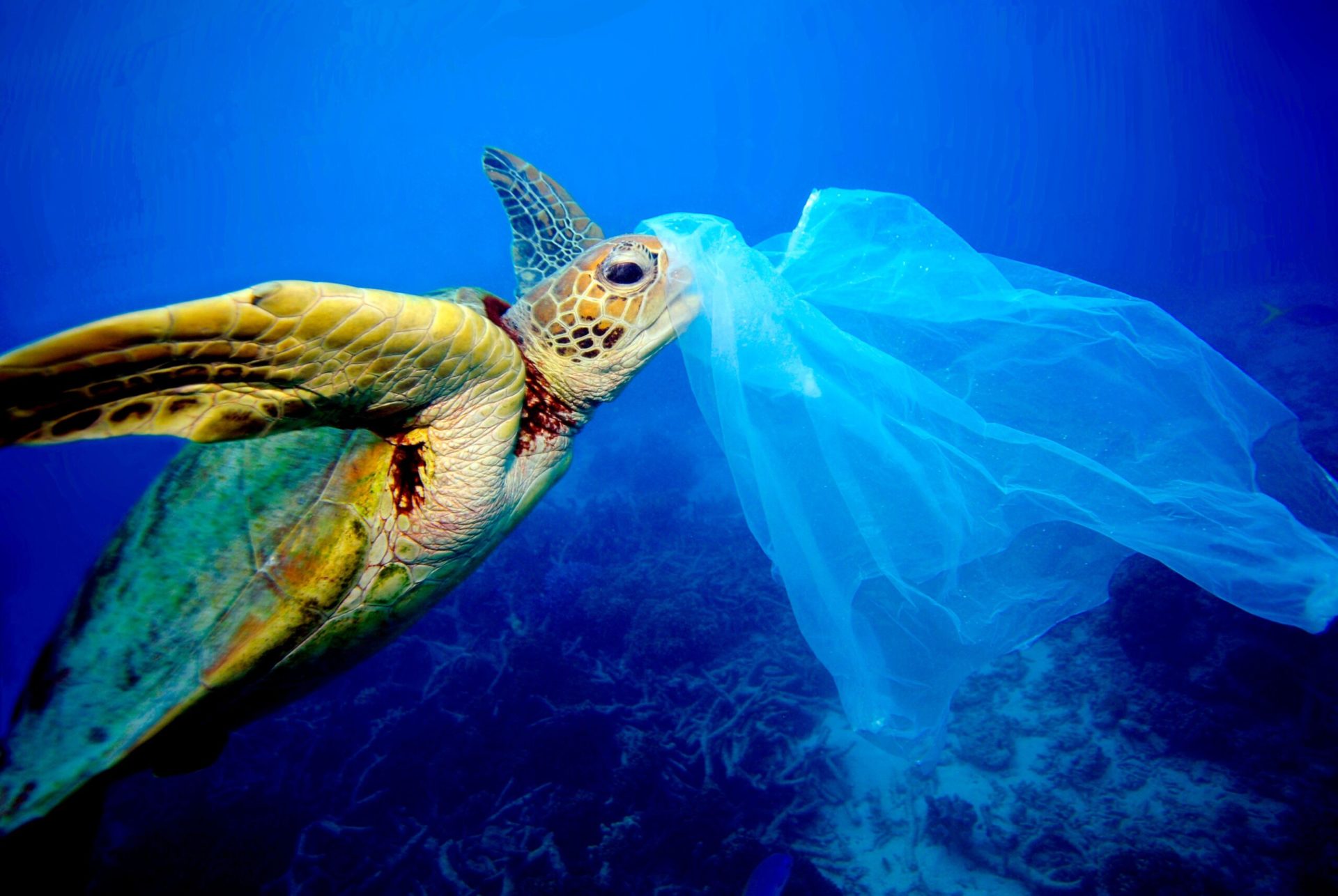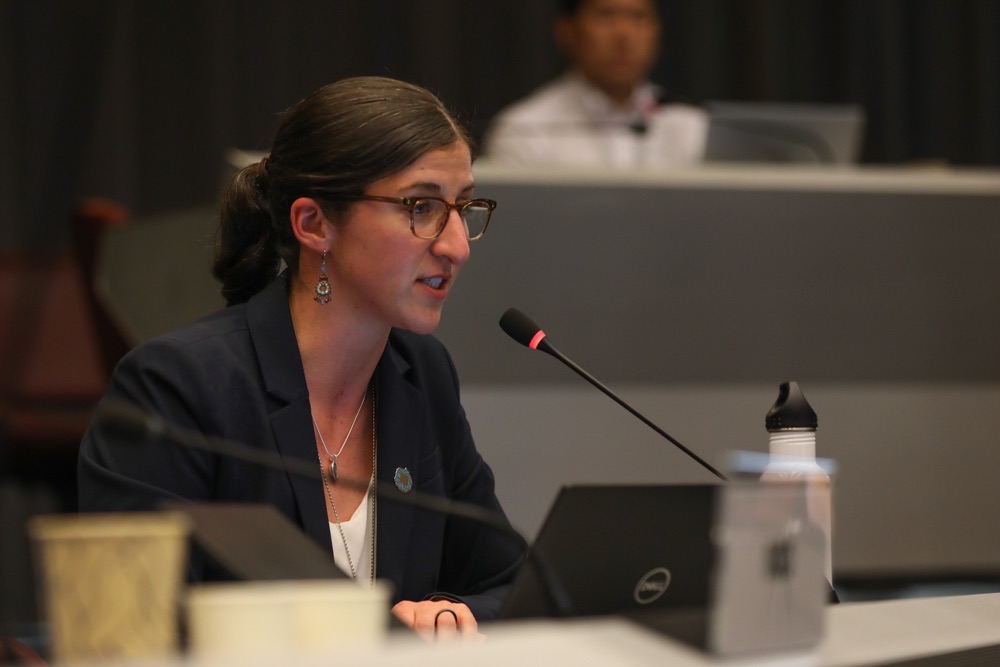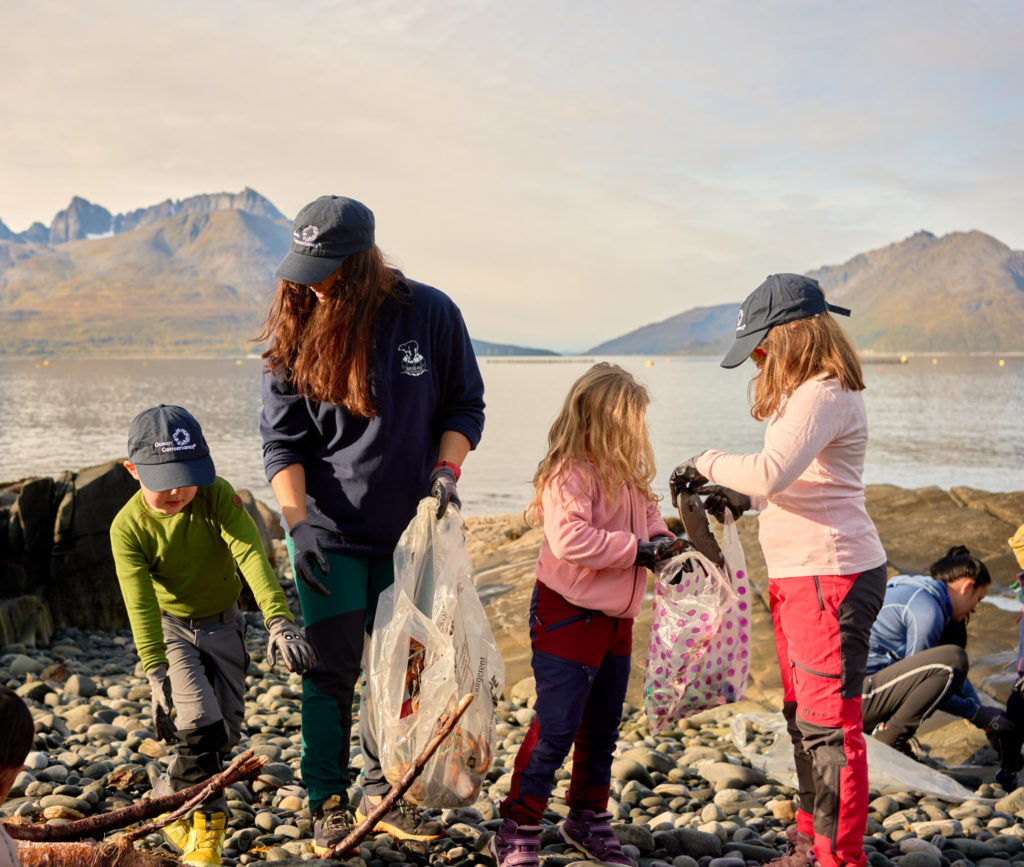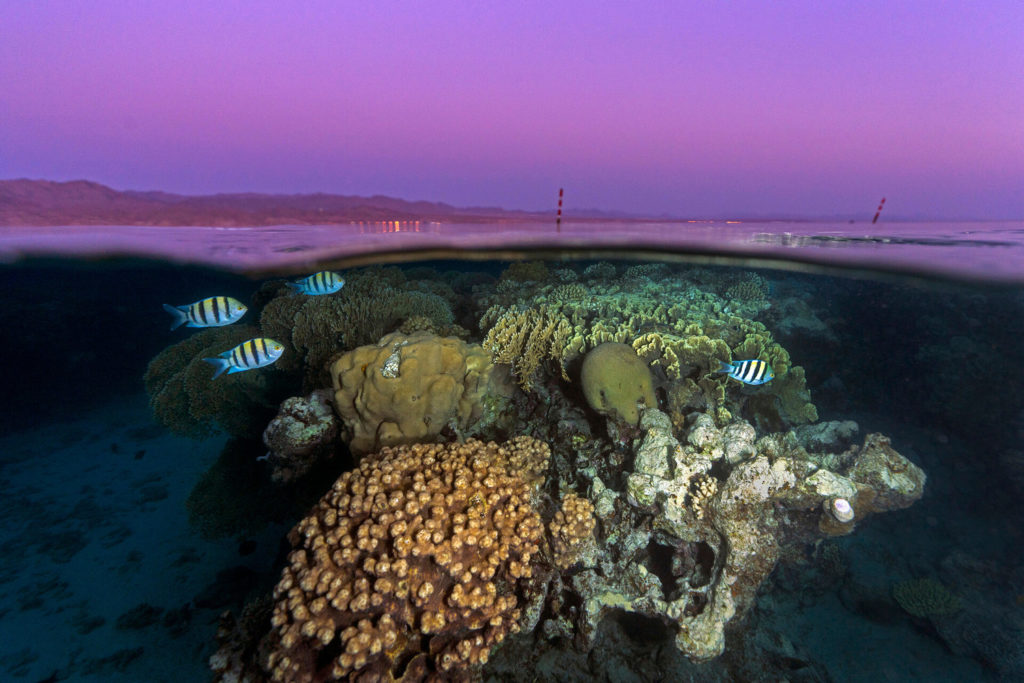
Ending Ocean Plastics
More than a garbage truck’s worth of plastic enters the ocean every single minute. Plastic pollution can be deadly to marine animals that eat or become entangled in it.
Ocean Conservancy leads efforts to reduce how much plastic is produced in the first place–and to clean up our beaches, waterways and ocean.
Related Links
Modeling Wildlife Mortality Risk From Ingested Plastics
This research, published in November 2025 in the scientific journal Proceedings of the National Academy of Sciences (PNAS), represents the most comprehensive mortality risk assessment conducted for macroplastic ingestion to date, building extensively on previous work both in terms of the sample size of individuals considered, and the complexity of the modeling approach. Most important for policy, this work emphasizes the risk macroplastic pollution poses to animal health, and that risk varies by animal and plastic type.
Where Does Your State Stand?
United States of Plastics Report examines state progress against plastic pollution
Meet Clean Swell®
Our trash collection mobile app
Microplastics in the Human Food System
Humans consume microplastics through the food and beverages we eat and drink. The objective of this research was to measure microplastics in understudied and unstudied United States food products to further inform microplastic exposure estimates from the human diet and identify potential drivers of microplastic contamination in foods.
Visit our Action Center
Love the ocean? Turn your passion into impact. Explore urgent actions you can take right now to protect marine life and defend our ocean’s future.


